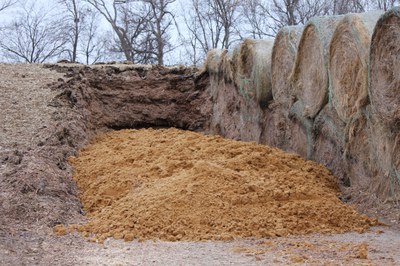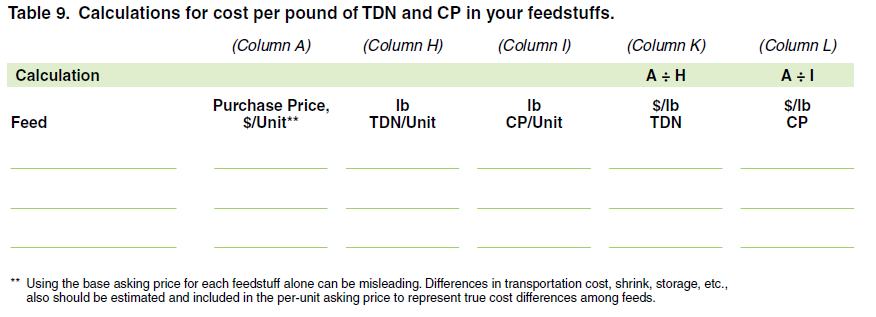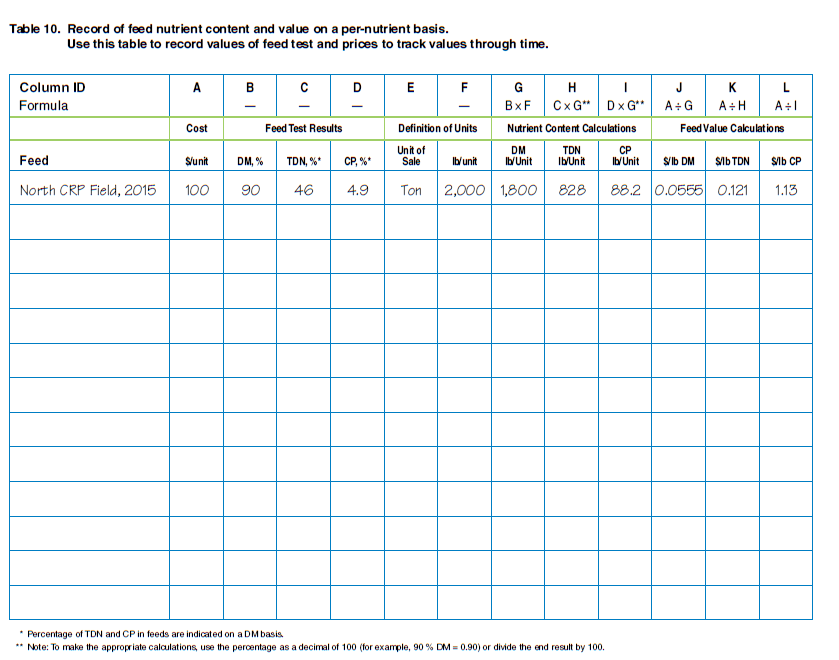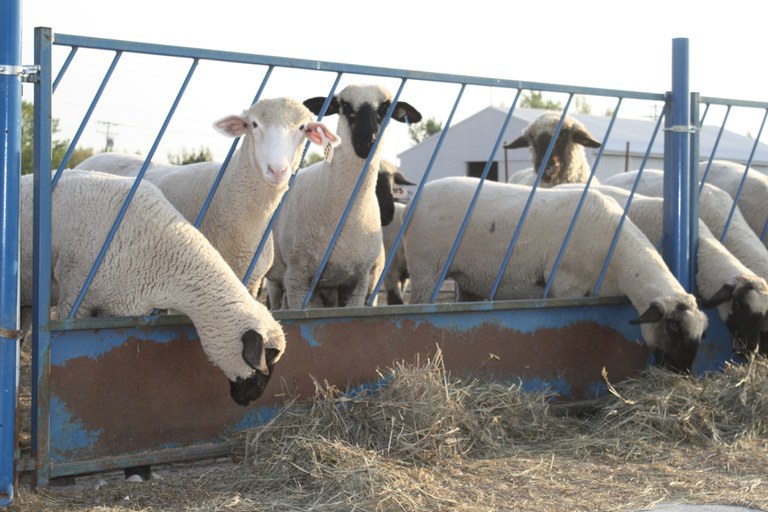Knowing how to determine the cost of individual nutrients can help you make informed decisions about your purchases, especially in cases where you are exploring the purchase of several types of feeds from several sources. To perform the calculations, you need to know the cost of each unit of sale and the pounds of each nutrient in the unit of sale (the calculations we just reviewed). Performing these calculations will allow for comparisons of all feedstuffs simultaneously. That is important because the end result for each feed is a cost per pound of each respective nutrient.
Based on the prices in Table 8, prairie hay offered a cheaper source of TDN, compared with alfalfa hay, but the alfalfa held a distinct advantage, considering the cost of crude protein. Barley and modified distillers grains had a similar value per pound of TDN in each feed, but the modified distillers grains was the cheapest source of protein among all feeds evaluated.
Use Table 9 to calculate the cost per pound of TDN and CP for your feedstuffs.
Once all of the calculations are completed, you have a true value comparison of the feedstuffs in question based on nutrient profiles. When performing the calculations, using a delivered price for all feeds to arrive at your operation is helpful. In addition, include potential shrink (1 to 5%, depending on moisture, storage conditions, loss from trucking, etc.) and storage costs as discounts to prices.
With the costs of individual nutrients known, the next step will be to determine the needs of your animals and use this information to make a least-cost ration.
Be sure to contact your NDSU county Extension agent if you would like assistance with making these calculations for your feeds or ration formulation.
This publication was authored by C.R. Dahlen, former beef cattle specialist and R.R. Redden, former sheep specialist, NDSU Extension, 2015.
Photos are courtesy of Dahlen and Redden.











